Many first-time pregnant mamas will probably do a Google search or ask another mama how to bathe a newborn. Who knew such a simple task as bathing another human could feel so frightening and complicated?
I remember how nervous I was during pregnancy about many aspects of taking care of a newborn, bathing being one of the big ones.
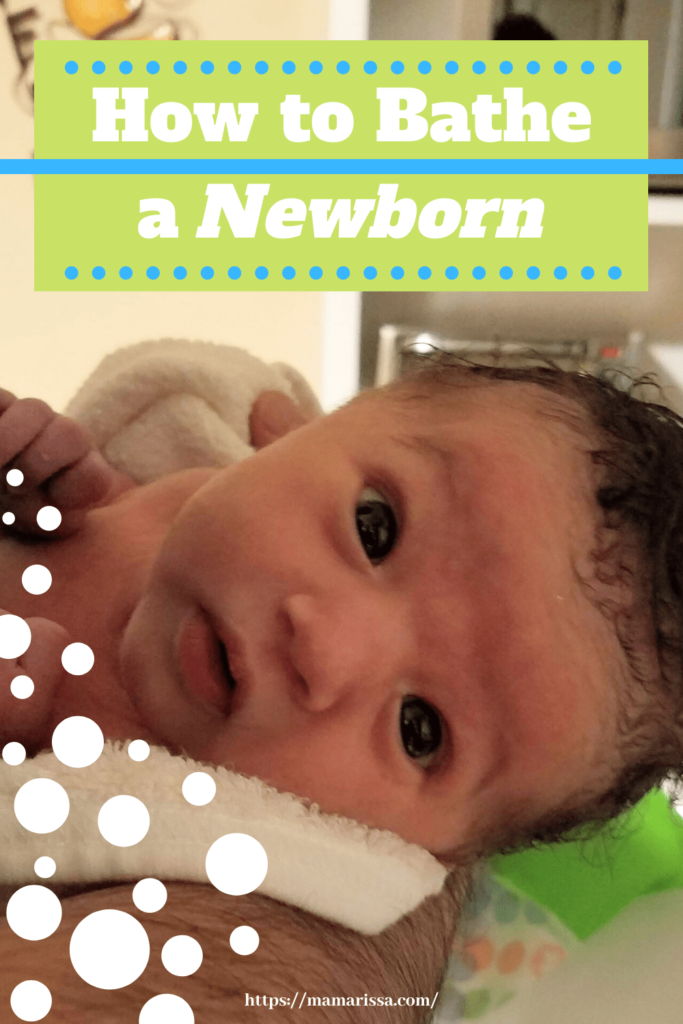
While figuring out how to bathe a newborn may not sound intimidating to an experienced mama, it is perfectly understandable to worry about handling a slippery, fragile little human when you’ve never done it before.
White I was expecting my daughter, I remember reading conflicting information online about how to bathe a newborn.
Do you wash the umbilical cord stump or keep it dry? Should you use a thermometer to get the water temperature right? What is the right temperature anyway?
Should you buy a baby bath or use the kitchen sink? Or should you just lay the baby on a changing table while you run a damp washcloth over his body?
And then there’s the issue of what washcloths to buy, not to mention deciding on the brand of baby wash. Should you go with all natural organic baby wash? Or is Johnson & Johnson’s reputation trustworthy enough?
Do you have a journal yet for recording your baby’s milestones, Mama? Click here to get my FREE downloadable, printable Baby’s First Year journal!
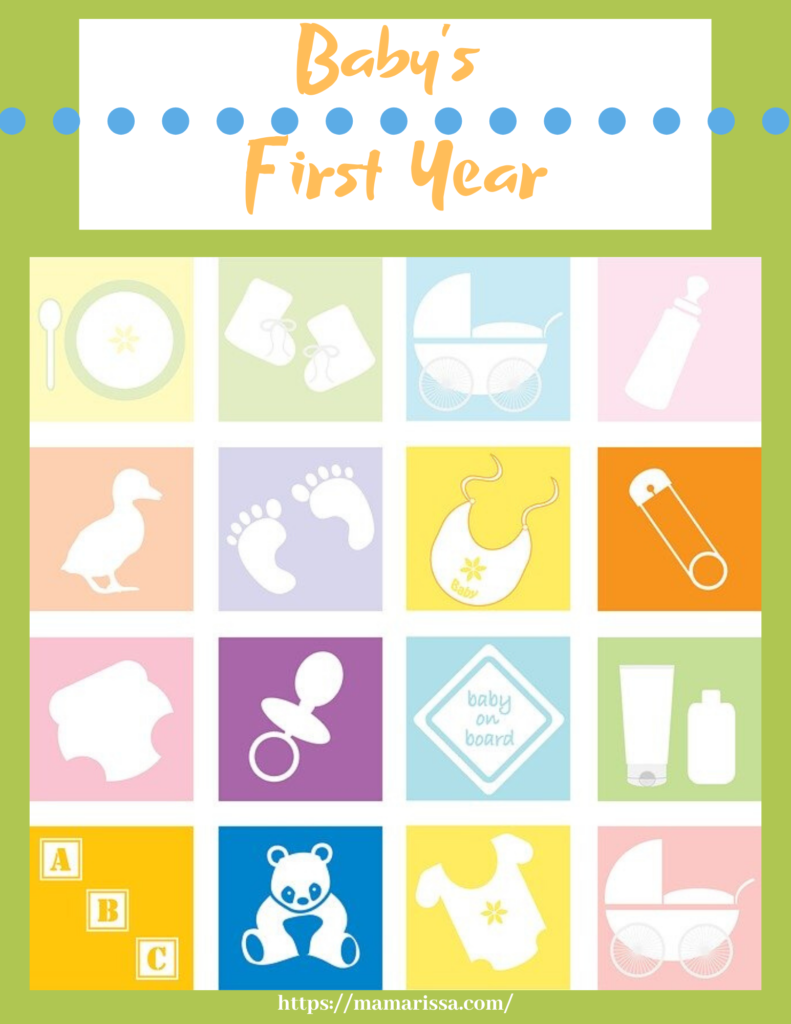
Well, the easiest answer to all those questions is that every mama will do whatever she discovers works the best for her. I don’t think there is one right way to bathe your infant, but I will share with you how to bathe a newborn based on what worked for me.
The Frequency
At one of my daughter’s first doctor appointments after her birth, her pediatrician confirmed something I already knew inside about how to bathe a newborn: It doesn’t need to be done very often.
He told me newborns aren’t construction workers. They really aren’t doing anything to get dirty.
Some mamas bathe their newborn every day. To be honest, that sounds like overkill to me.
I only gave my daughter a bath when she seemed to need it, like when her hair was full of dried milk or she was starting to look like a lint ball. This usually ended up being approximately every five days.
Try not to overdo it with frequency because it could lead to dry skin or eczema.
The Supplies
It is very important to gather all of your bathing, drying and dressing supplies before you start getting your baby’s bath ready. Trust me, you do not want your newborn to be naked and half dipped in water when you realize you don’t have the baby wash within reach.
Here are the essentials you will need to have within arms reach while bathing your baby:
- Baby bath
- Cup of warm rinsing water
- Wash cloth
- Body wash/shampoo
- Thermometer (if you choose to use one)
- Towel for wrapping and drying baby
- Lotion (if you choose to use it)
- Diaper
- Fresh clothes
- Hat
If you plan to nurse or even just plan to do some skin-to-skin following the bath, you will want to either take your top off or wear an open-front shirt (like a cardigan or a button up top, but unbutton it before you start the bath).
Get access to my FREE Breastfeeding Preparation Checklist by entering your email address here!
Once you get your newborn out of the bath, you won’t want to lay him down naked, cold and possibly upset to strip yourself down. Be ready in advance to be a comforter and heater.
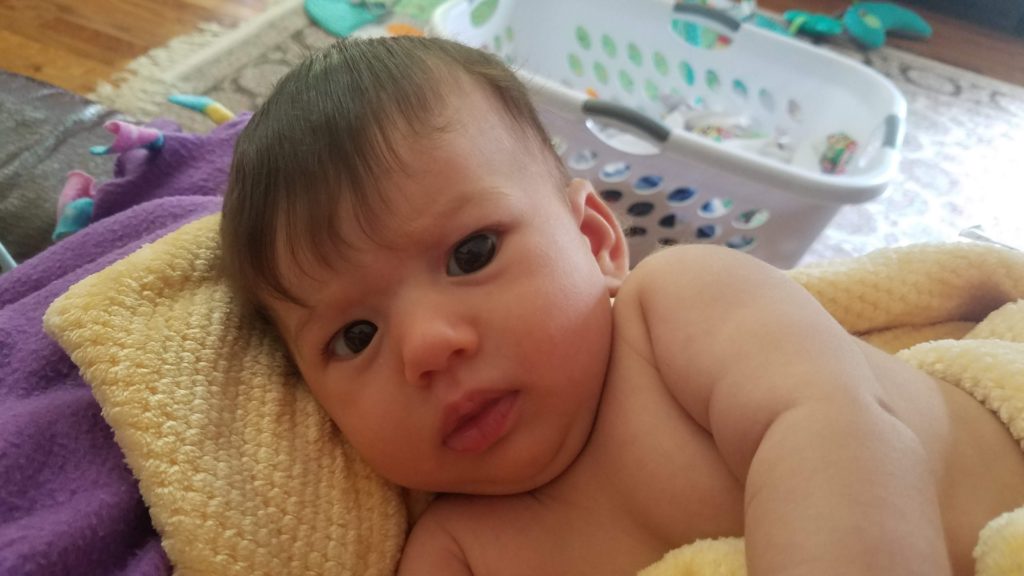
The Vessel
Some mamas are very particular about the type of baby bath they want. Others plan to simply use the kitchen sink or the changing table.
I was one of those particular mamas. I really wanted a baby bath with a mesh insert that I could safely lay my newborn on instead of having to simultaneously hold her and fumble with the washcloth.
I like the baby bath I have (this one) because it converts a couple of different ways to accommodate babies as they learn to sit up.

I continued bathing my daughter in the baby bath inside our bath tub once she was older but still too uncoordinated to keep from slipping under the water. I think I used it at least until she was nine months old.
On the other hand, some mamas do not want the extra baby gear to store or would rather put their money toward more essential items. These mamas usually opt to bathe their newborns in the sink or on the changing table.
However, because I haven’t done it, I can’t give you a tutorial on the safest way to do that, so I’ll be instructing from the standpoint of assuming you’re using a baby bath.
The Water
Determining the temperature of the water for your newborn’s bath can be a little tricky using the wrist method (checking the feel of the water with the inside of your wrist).
If your own body temperature is a little off postparum, it could be difficult to know whether the water is too hot or too cold for your baby.
Learn some of the strange things your postpartum body might do in this post.
I managed by using the wrist method when filling my newborn’s bath with water, but there are baby bath thermometers you can buy to make temperature adjustment easier. Or, just use a standard kitchen thermometer.
According to Mayo Clinic, the optimum temperature for baby bath water is 100 F or 38 C. Mayo also recommends turning your water heater temperature down to 120 F to keep from accidentally burning your baby whenever using warm water.
Update 6/15/2023: Since writing this post, I have had a second child. This time around, I always use this kitchen thermometer to make sure her baths are not too hot or too cold. It seems to be very accurate. Her bath temperature is always just right for her when it is 100 degrees Fahrenheit according to this thermometer.

The Wash Cloths
Your main focus when purchasing baby washcloths should simply be to get something extremely soft. I had bamboo baby washcloths that I loved for their silky softness.

I also sometimes used Norwex baby washcloths which are also very soft.
No matter what you use, chances are they will not be eternally soft. After excessive washing, they will undoubtedly lose their desirability for use on a newborn, but by the time this happens, your baby probably won’t be a tiny newborn anymore.
None of my baby washcloths will be suitable for use on our next baby, but they were sufficient for our first child.
The Baby Wash
Unless your baby has sensitive skin or reacts to certain products, any baby wash that is made by a reputable brand is probably fine. I generally prefer to try to stay natural, so I used Tom’s of Maine brand.
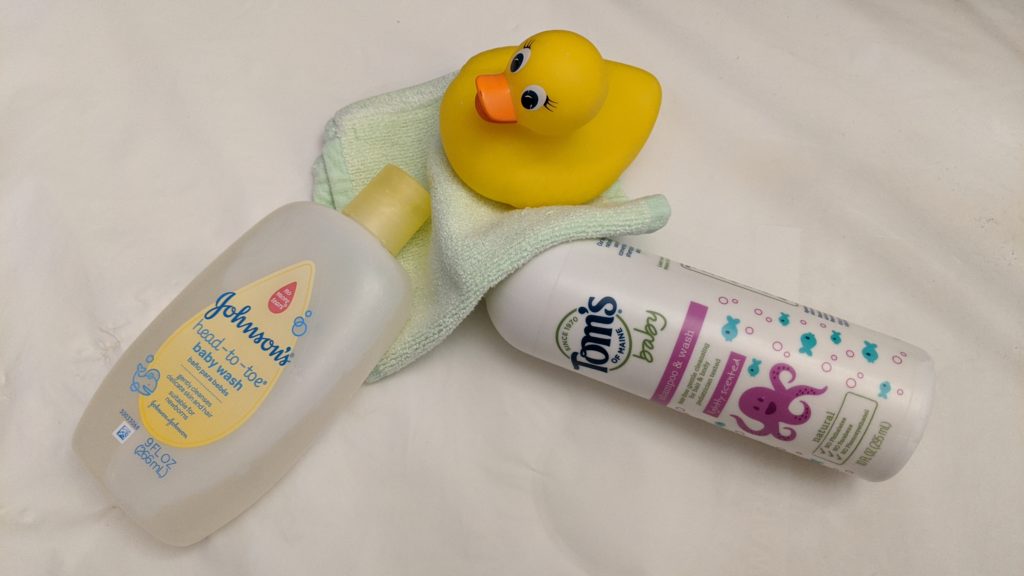
However, keep in mind that newborns don’t get all that messy, so for the most part, you probably don’t really even need anything more than water for cleaning your baby’s brand new, delicate skin.
I did not use baby wash on my daughter as a newborn unless she had particularly smelly or milky areas. I only used baby wash for her milk-encrusted hair.
Update 6/15/2023: With my second baby, I am using Babyganics body wash/shampoo and I really like that it is fragrance-free.

The Technique
So you’ve got your supplies, you are topless and you have filled the baby bath with appropriately temperatured water. Now … How exactly do you quickly and effectively clean a tiny, floppy, fragile baby?
Let’s start with the most important thing to keep in mind: Keep it short and sweet. Maintaining a safe body temperature for your baby is your most important job during the bath.
The bath should last no more than 10 minutes. If bath time is stretching too long because you are struggling to figure out how to clean every nook and cranny, abandon ship.
Your baby’s immediate health will not suffer from having milk in his armpit but it might from getting too cold.
Don’t fret about perfectly and thoroughly cleaning every millimeter of baby’s body (I am talking to my past self as much as you, Mama). Newborns don’t need to go through a major sensitization every few days … or ever, really.
Just focus on some key problem areas for deep cleaning, such as the neck, armpits and hands. Don’t worry about doing much more than a quick wipe for other body parts (unless they look or smell dirty), such as the face, belly, back and arms and legs.
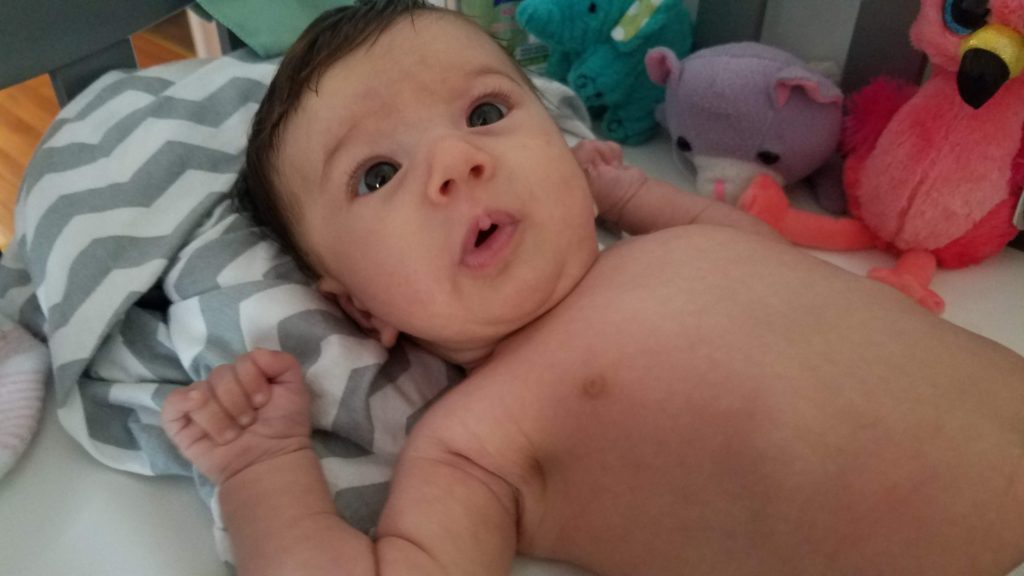
- Eyes
Begin with the eyes. Gently swipe a wet washcloth from the inner corner to the outer corner of each of baby’s eyes. Then do a quick wipe of the rest of the face.
- Ears
Next, carefully clean inside and around the ears, but be sure not to get any water inside baby’s ears. Try to get the earwax out of the outer portion of baby’s ears, but don’t try to stick anything inside his ears.
- Neck
Then continue downward to clean your baby’s equivalent of a laundry vent: her neck.
Somehow, every speck of lint that comes within a ten foot radius of your baby will end up in the folds of her neck. Dribbled milk will also easily collect here, so pay special attention to this area.
- Armpits
Then lift your baby’s arms, one at a time, to clean his armpits. This is another lint collecting area.
- Hands
Now try to gently pry open baby’s tiny fists enough to wipe them with the washcloth. Those little hands can get pretty smelly from sweat and milk being trapped beneath those clenched fingers.
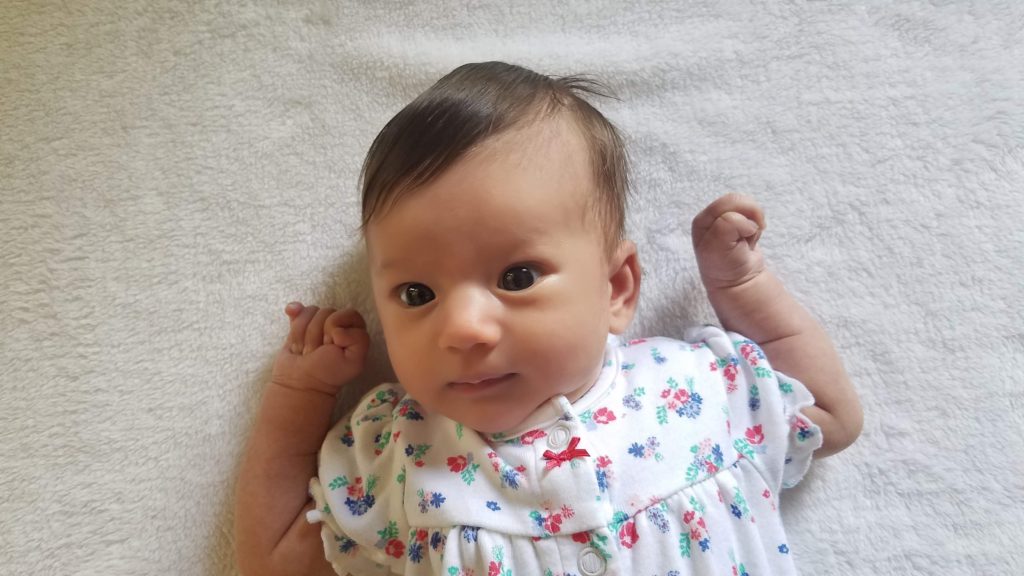
- Trunk
Next, do a brief swipe of the chest and belly after rinsing and squeezing out the washcloth. Eliminate excess water in the washcloth to avoid dripping onto her umbilical cord stump.
When I was expecting my daughter, I read conflicting ideas about whether or not to clean the umbilical cord stump.
Find the answers to some common questions new mamas ask in this post.
Once she was born, she saw two different pediatricians and they both said to leave it alone and keep it dry. One of them did advise dripping a tiny amount of hydrogen peroxide on it once per day to prevent infection.
But there is no need to wash the area unless instructed by your child’s doctor.
- Legs and Feet
Now wash his legs and feet, giving most of your attention to skin folds. Check the toes for lint, but save the de-linting for later if you’re running out of time.
- Crotch
Finally, wash the crotch. For my daughter, I usually just squeezed water over her crotch area. Her little butt was already submerged in water, so I didn’t spend much time in this area.
For a boy, similarly just rinse his boy parts well and be sure not to mess with his foreskin or circumcised area.
- Hair/Head
Finally, it’s time to wash your baby’s hair/head. It is important to wash your baby’s head last because she loses most of her body heat through her head.
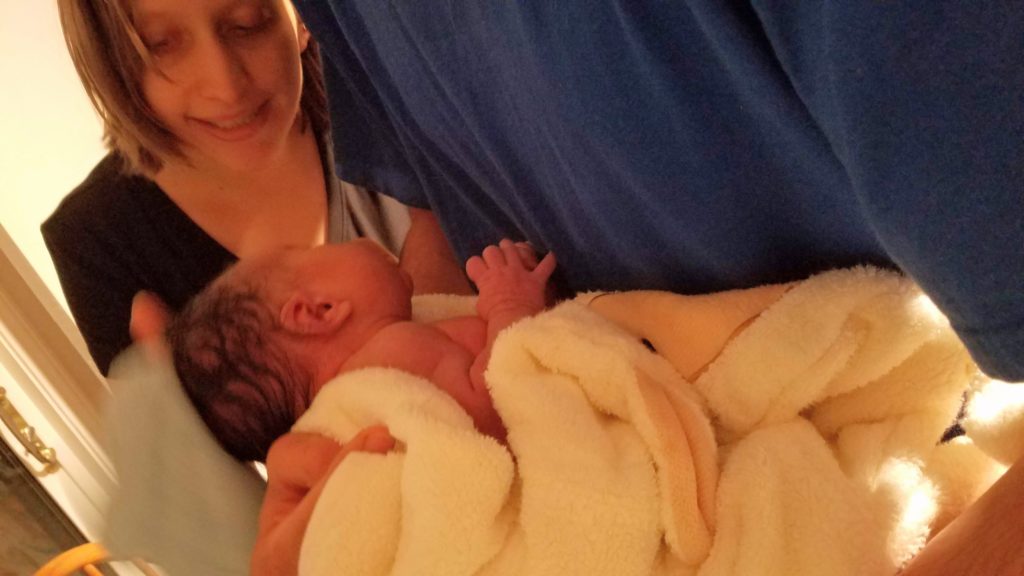
I sometimes pulled my baby out of the bath at this point and wrapped her in the towel to keep her warm. I would then hold her so that her head was above the baby bath.
If your baby does not yet have hair, you may not need any baby wash for this part either. However, if she does have hair, you will likely need to use baby wash to get the milk and grease out of it.
My daughter was born with lots of hair and she loved to style it with Mommy’s Milk Hair Gel – it’s all the rage in the newborn world! Consequently, it was necessary to use baby wash to get her hair clean.
After a gentle lather of the hair, carefully pour your cup of warm rinsing water over your baby’s head. Make sure your baby is angled in a way that water will not run into her eyes, nose, mouth, or ears.
The Drying
I don’t know about you, but I don’t particularly like the feeling of cool air hitting my body when I first step out of a warm bath.
For your baby who is still learning how to regulate his own body temperature, this feeling will not only be unpleasant, it can be dangerous if he is not warmed up quickly.
It is a good idea to be preventative by warning up the room in which you will be bathing your newborn before getting the bath ready. This will also help maintain the water temperature while your baby is in it.
Once your baby is out of the bath, this is the perfect opportunity to get some skin-to-skin time in. This will help your baby get and stay warm and is a sweet way to bond with your child while snuggling him in a towel.
Keep him warm until he’s dry enough to dress. Put a hat on his head until he and his hair (if he has any) are completely dry.
If your newborn has dry skin or eczema, you might want to apply some lotion, but otherwise, lotion is not necessary.
Once your baby is sufficiently dry and warm, it’s time to put on one of those darling outfits you got at your baby shower and snap a picture before he spits up all over it.
Read the story of my infant reflux journey here!
The Clean Up
I did not deep clean and sanitize my baby bath every time I bathed my newborn. Newborns just aren’t that dirty to start with, and you’re kind of washing the tub by putting soapy water in it.
If your baby bath starts to have some soap scum build up or looks like it’s starting to get a little grimy, definitely give it a good scrub before the next use.
I usually just wiped my baby bath down with the used soapy water and washcloth and then rinsed it thoroughly with my kitchen faucet sprayer after each use.
Now You Know How to Bathe a Newborn
I know this post – which seemed to require endless scrolling on your phone – makes the lesson on how to bathe a newborn look overwhelming. But I promise it will not be scary after you’ve done it once.

I do recommend having someone present to help you the first time you bathe your newborn if possible. It just makes it easier on you and your postpartum brain if you don’t have to try to figure it all out on your own the first time around.
But don’t worry about this, Mama. You don’t have to do a perfect job of bathing your tiny human. You can always spot clean with a damp cloth later if necessary.
Now you know how to bathe a newborn! And soon you will be able to say you have experience in this department. This is just one of many memorable firsts you will have with your child during her first year of life.
Don’t forget to grab your FREE Baby’s First Year journal here to record all of those beautiful memories!
Do you have any newborn bathing tips, Mama? Share them in the comments!
If you feel more confident about how to bathe a newborn after reading this post, Pin it or share it on social media to help out other mamas!
Hey Mama, if you find my blog posts helpful, would you help support this blog by making Amazon purchases through the links on this page? It will not cost you any extra but the commissions I receive as an Amazon Affiliate help to cover the costs of operating this blog so that I can keep it running ad-free. Thank you so much for your support. You are literally the reason this blog was started and the fuel that motivates me to keep it going!
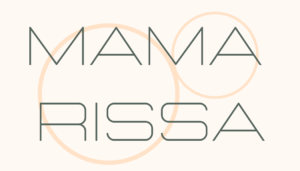
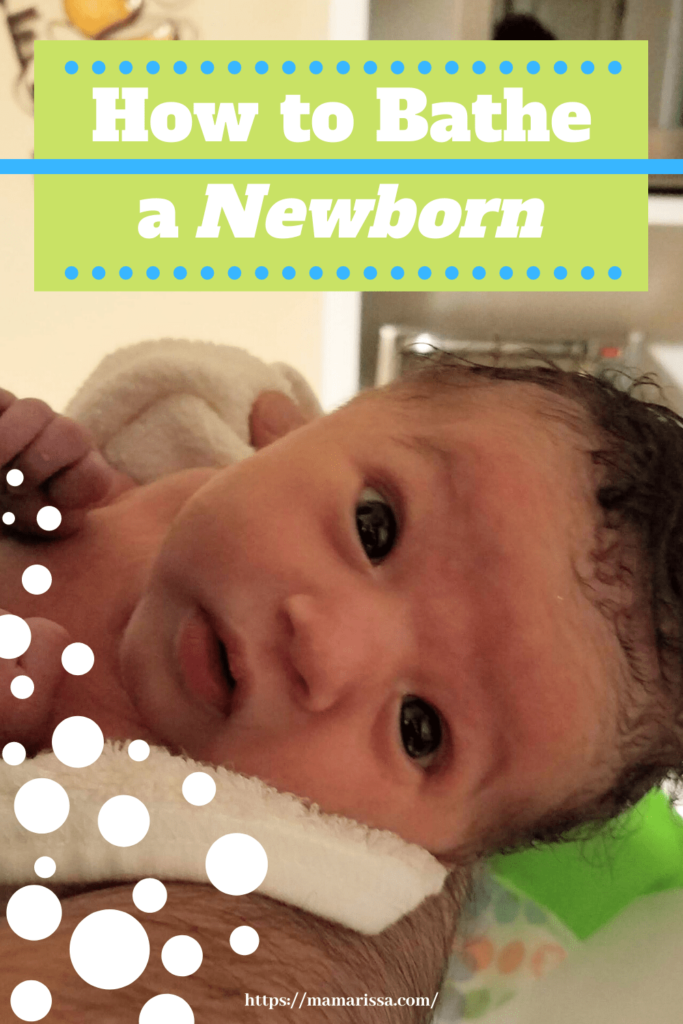

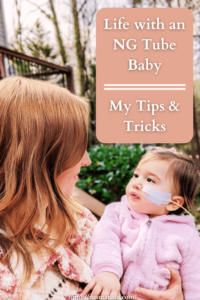
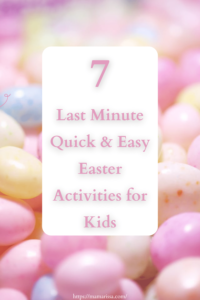
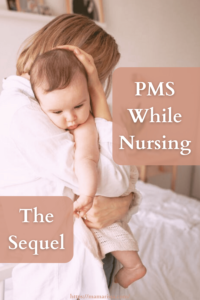
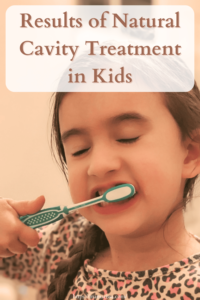
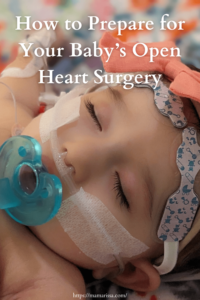
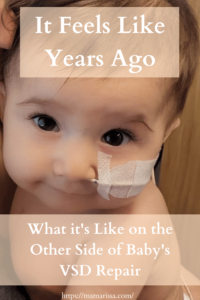
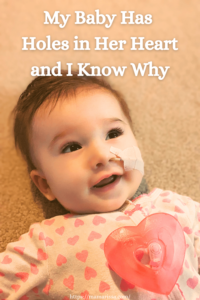
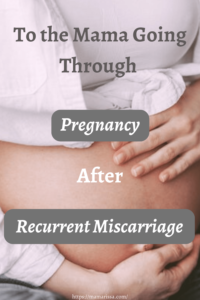
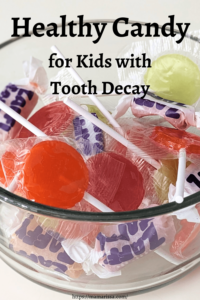
Leave a Reply